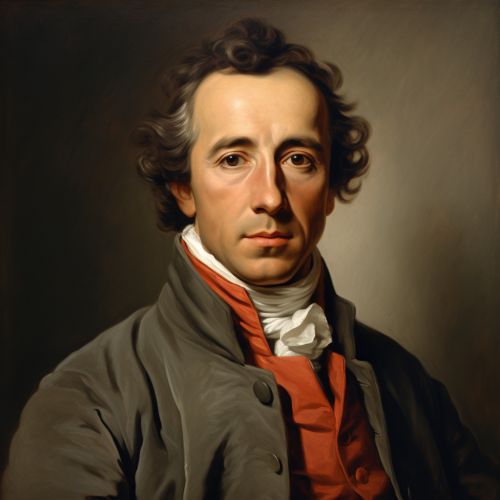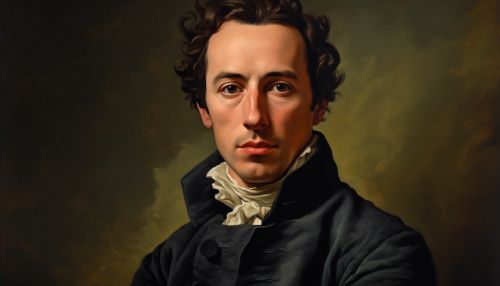Art History
Origins of Art History
Art history as a discipline emerged in the late 18th century, with the first art historians such as Johann Joachim Winckelmann focusing on the art of the ancient world. Winckelmann's work, particularly his writings on the Greek and Roman art, laid the groundwork for the field's emphasis on style and periodization.


Methodologies in Art History
Art historians use various methods to investigate and interpret artworks. These methodologies, which have evolved over time, include formal analysis, iconography, psychoanalysis, and social history. Formal analysis involves a detailed examination of the formal qualities of an artwork, such as color, line, and composition. Iconography, on the other hand, involves the interpretation of symbols and themes in an artwork.
Major Periods in Art History
Art history is typically divided into periods and movements, each with its own distinctive style, themes, and artists. Some of the major periods and movements in Western art history include the Renaissance, Baroque, Impressionism, and Modernism.
Influence of Art History
Art history has had a profound influence on contemporary art and culture. It provides a historical context for understanding current artistic practices and trends, and it informs the way we perceive and interpret art.
See Also
History of painting History of sculpture Visual culture
